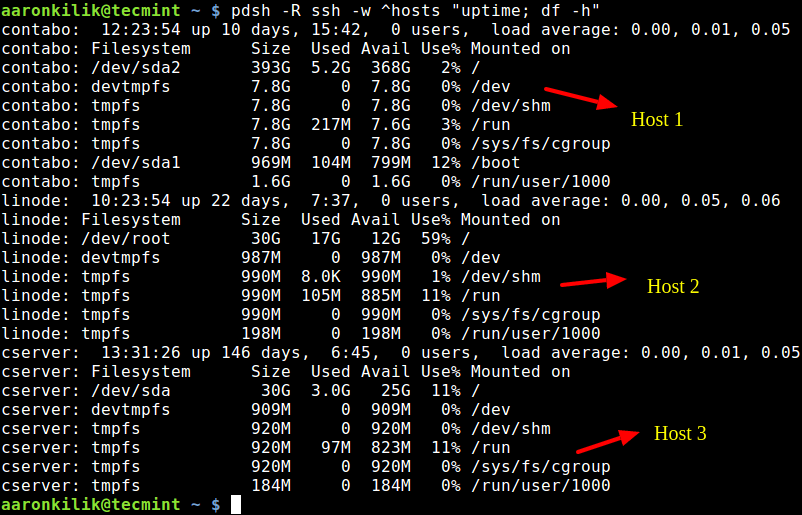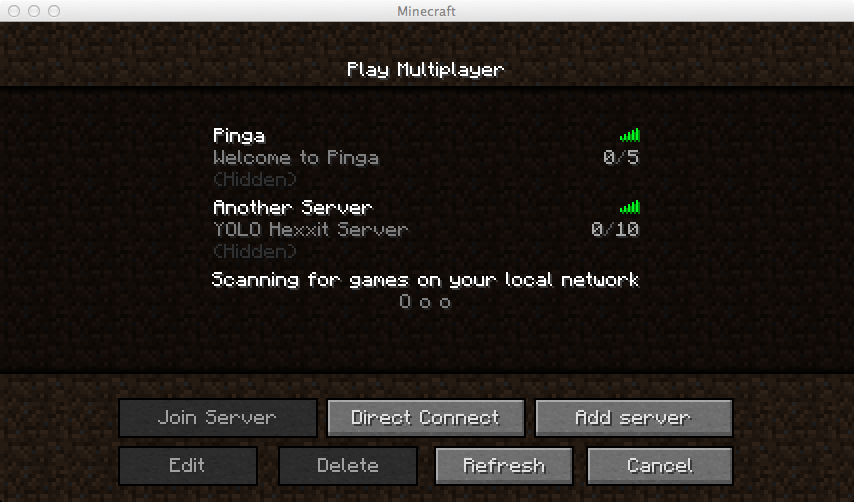

If you want both stdout and stderr to go to the same file, there's a short-hand notation. This sends stdout to sayhello.log and stderr to sayhello-errors.log. sayhello.sh 1> sayhello.log 2> sayhello-errors.log The notation 2> means you want to redirect stderr. The notation 1> is the same as just using > alone, but it is a bit more obvious (due to the number 1 that we are specifically referring to stdout). It turns out that both stdout and stderr are mapped to numeric values 1 and 2 respectively. But often even stderr should be redirected. maybe that's what you want so you can be immediately aware of an errors). so error messages thrown may still be displayed on the terminal (and. This will run the job in the background, but send the output to sayhello.log instead of the terminal display. To redirect this to an output file (to avoid the message from popping up on my display) I can use the redirect >./sayhello.sh > sayhello.log & in the midst of whatever else I might be doing. sayhello.sh & then the word "Hello" will pop up on the terminal in 10 seconds. If I simply run this in the background via. I have a simple script named sayhello.sh with the following: #!/bin/bash To avoid this, you can redirect the output using the redirect symbol: > If you do not override those, you may see messages from background jobs popping up on your terminal display (in the midst of other things you may be doing) and this can get annoying. In Unix & Linux, programs normally receive input from stdin (standard input) and send output to stdout (standard output) with the exception of error messages, which are typically sent to stderr (standard error).īy default, stdin is mapped to the terminal keyboard, stdout is mapped to the terminal display, and stderr is also mapped to the terminal display. When you run a program in the foreground, any output from that process is typically displayed in your terminal window. You can always use ^ Control+ Z to stop it and then use bg to return it to the background again. This brings the task back to the foreground. To return the job to the foreground, use fg % $ fg %1 Recalling a background job to the foreground But if multiple jobs were running you would have seen each listed with their job ID (note that this does not display their process ID). In this example, only one job was running.

If you've launched a few jobs and can't remember which job ID is associated with each of them, you can list them by using the jobs command. This moves the currently stopped job to continue running in the background. At this point the job is stopped and neither in the foreground or background. This stops the job and returns your command prompt.

If you launched the job in the foreground but want to move it to the background, you have to interrupt the job using ^ Control+ Z. When the job finishes the run, it will produce this output (typically the next time you hit the enter key you'll see the message): $ This starts the job running in the background and note that it was assigned job ID 1 (because it is the first job launched in this command shell) and the process ID was 3958.

I don't have a minecraft server, so I'll simulate running a job in the background using a 'sleep' command (you would use your minecraft script instead of the sleep command): $ sleep 60 & The command shell (terminal window) will issue a job id (in square brackets), followed by the process ID. This presume you know that you want to run this in the background when you launching it. The easy way to run any job in the background is to put an & at the end of the line in the command shell when launching the process.
#Minecraft server commands in linux how to#
How to run jobs in the background - the simple way I wont address that method here - you indicated this is not what you want to do. more operationally mature) way of doing things. If you regularly know that this is what you want, it is the more accepted (e.g. There is a completely different way of doing things if you want to set up your process so that it launches as a system service (e.g. I'll address answers to those questions here. recall it to the foreground at a later time. You mentioned you want to be able to launch your server as a foreground process but be able to send it to the background and. As with nearly all things Unix/Linux, there is more than one solution.


 0 kommentar(er)
0 kommentar(er)
